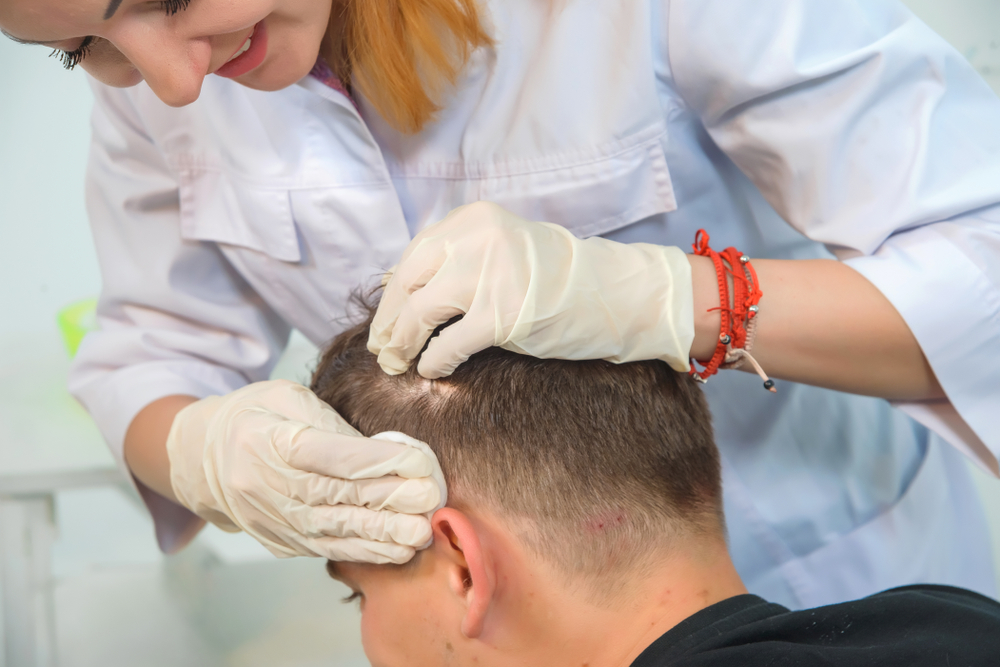Hair transplants are generally considered a permanent solution for hair loss.
These are some factors to consider…
- Initial Shedding – It’s common for the transplanted hair to shed within the first few weeks. This is a normal part of the process, and it’s not permanent. New hair will typically start to grow in its place within a few months.
- Natural Hair Loss – Hair loss can continue to occur in the areas surrounding the transplanted hair. The transplanted hair is usually taken from a donor site that is genetically resistant to hair loss (typically the back or sides of the head). The existing hair in the recipient area, especially if it was prone to genetic hair loss, can continue to thin and fall out over time.
- Maintenance: To ensure the best long-term results, it’s often recommended to use medications like minoxidil or finasteride after a hair transplant to slow down further hair loss in the surrounding areas. Proper care and maintenance can help preserve the results of the transplant.
- Lifestyle and Health Factors – Other factors, such as stress, nutritional deficiencies, medical conditions, or certain medications, can contribute to hair loss. Addressing these factors can help maintain the health of your hair.
The transplanted hair should not fall out permanently after 2 years if it has successfully taken root and grown. Ongoing care and attention to your overall hair health may be necessary to ensure the best long-term results. If you have concerns about the success of your hair transplant or are experiencing unexpected hair loss, consult with your hair transplant surgeon or a dermatologist for a professional evaluation and guidance.





